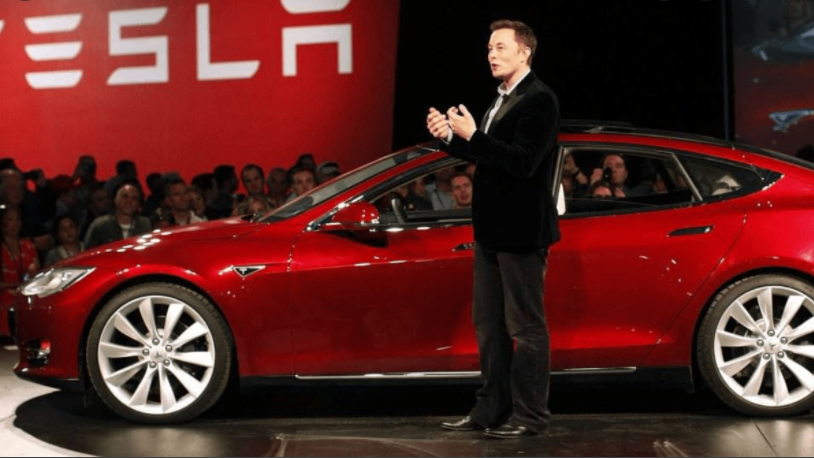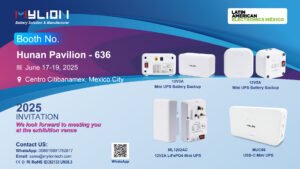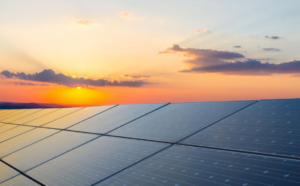“I think manganese has potential.” Recently, Tesla CEO Elon Musk said that Tesla has been exploring the use of more manganese materials in batteries.
As a global pioneer of electric vehicles, Musk’s words and deeds will attract great attention from the market, and may also become a new direction for the development of automotive batteries. In 2020, Tesla said it would use lithium iron phosphate in electric vehicles, and in the following years, Tesla began to use lithium iron phosphate batteries extensively in Model 3 and Model Y models.
Now, Tesla has seen the potential of manganese materials in cathode materials. So, will battery materials change again due to the use of manganese?
However, Musk did not disclose more specific information and directions about the application of manganese in the battery field. However, based on the past application of manganese in batteries at home and abroad, it is basically possible to spy on the “potential of manganese” that Musk said?
Potential 1: Lithium Iron Manganese Phosphate – It has been determined to be the upgrade direction of LiFePO4
Compared with lithium iron phosphate, one of the existing mainstream battery materials, lithium manganese iron phosphate (LMFP) has a higher voltage, which can reach 4.1V (the theoretical discharge platform of lithium iron phosphate is 3.4V), has good low temperature performance, and has a higher energy density than lithium iron phosphate. About 15% higher. In addition, the LMFP process is not much different from the existing lithium iron phosphate production system, mainly because the problem of low electrical conductivity needs to be solved by modification technologies such as coating, doping, and nanometerization.
Lithium iron manganese phosphate is considered by many experts in the industry to be one of the upgrade directions of lithium iron phosphate batteries, which combines the advantages of lithium iron phosphate and lithium manganese phosphate.
In addition, lithium iron manganese phosphate can also be used in combination with ternary materials, which can effectively combine the characteristics of high safety, high energy density and low-temperature performance of the two.

It is worth noting that in recent years, domestic companies may begin to accelerate the mass production of LMFP. In the past, LMFP was limited by its low electrical conductivity and rate capability and could not be popularized and applied. However, with the progress of modification technologies such as carbon coating, nano-ization, and lithium supplementation technology, the industrialization process of LMFP began to accelerate. Since last year, domestic cathode material manufacturers Defang Nano and Dangsheng Technology have all announced their latest layout in lithium iron manganese phosphate. Defang Nano recently announced a 100,000-ton new phosphate-based cathode material project. The industry speculates Probably LMFP.
On the battery side, it is reported that leading companies in the battery industry, including CATL, BYD, and Guoxuan Hi-Tech, have related technology patent layouts.
According to industry analysts, it is expected that by 2023, LMFP can be mass-produced and gradually applied to electric vehicles.
Potential 2: Cobalt-free battery – lithium nickel manganate battery
At Tesla’s “Battery Day” in 2020, Musk also reportedly said that it is relatively simple to use two-thirds nickel and one-third manganese as a cathode material, which will allow us to use The same amount of nickel produces more than 50% more battery capacity.
Subject to the scarcity and high price of cobalt resources, low cobalt, less cobalt, or even no cobalt has always been an important research and development direction for the ternary battery industry. Tesla also revealed in early 2020 that it would develop cobalt-free batteries (non-lithium iron phosphate batteries), but it has not disclosed relevant news to the outside world in the past two or three years.
In May of the same year, Zeng Yuqun, chairman of Ningde Times, mentioned at the performance briefing, “The company has its own ‘cobalt-free’ battery technology reserve. At present, the research and development are progressing smoothly. sexual products.”
In addition, CATL also stated that in terms of cooperation with Tesla, the company has corresponding products in lithium iron phosphate and ternary. The supply is not limited to lithium iron phosphate or ternary, and the specific products supplied depend on market demand.
In January 2021, Panasonic, a Tesla battery supplier, revealed that in terms of new battery technology, Panasonic is developing cobalt-free batteries, and plans to achieve cobalt-free batteries in the next 2-3 years.
It is worth mentioning that the domestic Honeycomb Energy has mass-produced cobalt-free batteries last year and installed them in vehicles in August of the same year. It is understood that the cobalt-free battery of Honeycomb Energy no longer uses metal cobalt, and only has two main elements, nickel, and manganese, that is, lithium nickel manganese oxide battery. According to Honeycomb Energy, it uses cation doping technology, single crystal technology, and nano network Three key technologies such as chemical coating technology are used to make cobalt-free materials in the middle of nickel series 7 and 8, that is, using medium and high nickel systems to make “cobalt-free materials”.
According to Honeycomb Energy, the energy density of its cobalt-free battery is 40% higher than that of lithium iron phosphate, and its safety, cost and cycle life are significantly better than ternary batteries.
Tesla’s “manganese has great potential”, whether it is a cobalt-free battery, it is worth looking forward to.
Potential 3: Lithium-rich manganese-based batteries?
The lithium-rich manganese base has a good high specific capacity and has always been an ideal lithium battery material, but this material has been in an “ideal state” for many years.
Because of its low charge-discharge efficiency, poor rate performance, and poor cycle stability of its lithium-rich manganese-based base, there will be continuous voltage decline during the charge and discharge process, and the 4.8V high-voltage electrolyte is also a big challenge. This reduces the advantage brought by its high specific capacity to some extent.
Many researchers at home and abroad have been investing heavily in this area for many years, but the difficulty is too high, and many battery companies seem to have given up by default.
However, the low price of manganese and its high specific capacity have always been the temptation for the industry. Whether Tesla can bring “surprises” needs to be seen.
Musk also pointed out that for a long time to come, Tesla will focus on nickel-based batteries for long-range vehicles and lithium iron phosphate batteries for short-range vehicles.
As for “manganese has great potential”, Musk did not give a time point.
Mylion battery factory: https://goldenrod-nightingale-259904.hostingersite.com/category/life-po4-battery/











